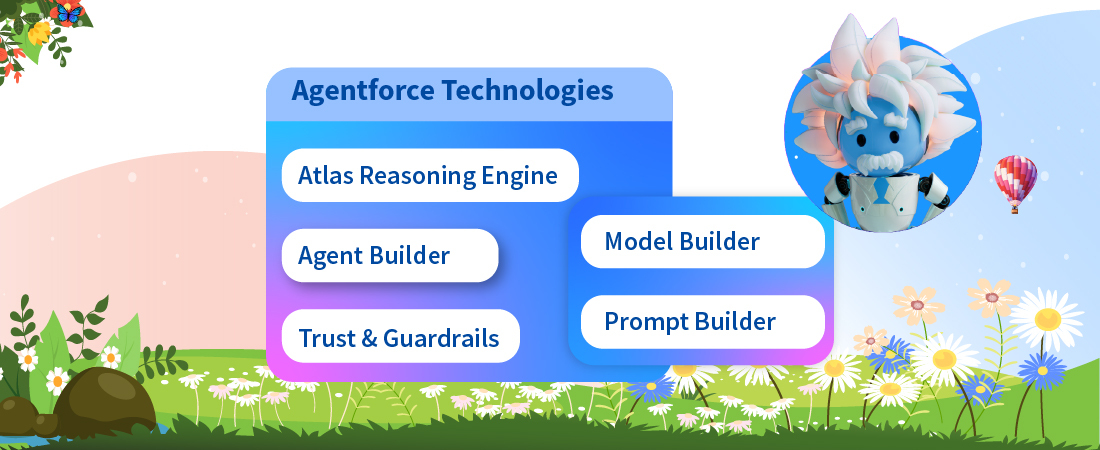Since Agile development methodology first started gaining traction in 1990’s, enterprises have come a long way. Agile development methodology offers a host of benefits – speed, flexibility, time savings, client involvement, and the ability to identify issues at the outset. Corporations of all types are adopting Agile. Salesforce platform and Agile development methodology area natural fit especially since the Salesforce platform is designed for easy configuration and customization.
What makes Salesforce and Agile the perfect fit
A key to Agile, flexibility is inherent to Salesforce. The platform’s features allow admins to make suitable configuration changes – set up security and sharing rules, custom objects and fields, and workflows. Salesforce also introduces new features with each release, easing the process of meeting business requirements without custom code.
Then there is the benefit of speed. Agile helps build software quickly by delivering functionality within each sprint. Business users can give feedback along the way, thus minimizing rework. The ease of configuring Salesforce increases speed and optimizes each sprint. It is easier to configure a screen within Salesforce than creating a screen mockup. Product owners can then view and interact with the screen elements to assess suitability and can make changes on the fly.
Salesforce projects work very well within an Agile framework. To optimize flexibility and speed for Salesforce projects using Agile, keep these five things in mind.
Agile construction principles
Agile’s basic principles can form the basis of Salesforce implementations:
- Continuous interaction between business and developers.
- Immediate and continuous delivery.
- Quick modification.
- Functioning model as the principal criterion of progress.
The outcomes of Agile such as customer freedom, enhanced reporting and improved client system knowledge can transform Salesforce delivery. Meeting deadlines and efficient time management is key to successful projects. With Agile, development happens at the beginning of the project, thus ensuring speed. Agile also allows for modifications as required. The company evaluates the management of the project and adapts throughout the implementation process as opposed to other methodologies that require sticking to the initial plan.
Client Clarity
During Salesforce implementation, customers can often find it difficult to create a clear view of the product with a detailed plan. With Agile’s initial archetypes, the development involves the customer from start. This means they should be able to stay updated on the Salesforce project, look at reports and outcomes, boost attention and give relevant feedback for the next iteration. By the time the Salesforce implementation is live, customers must evolve to educated users that are able to seamlessly operate the product.
Schedule and cost
The Agile methodology asks for development sprints which could have limited information and short timeframes. In this scenario, a clear understanding of the project cost and timeline for delivery must be clear at the outset. This is important for allowing customers to evaluate costs estimations for each sprint and make informed choices about prioritizing tasks.
Recognize issues at the outset
One of the greatest benefits of Agile in Salesforce implementation is that it reveals problems early on. Because of the iterative testing, the team is able to resolve problems with each delivery and improve to resolve issues as early as possible.
Ultimately, it is Agile’s ethos of answering to change rather than following rules that confer the benefits to Salesforce projects. Salesforce lends itself to Agile by being a versatile system and allowing the team to concurrently work on the system. Agile thus allows for productive and efficient working without having to know the goal, making improvements along the way. With adequate planning and documentation, the potential pitfalls of Agile can be easily avoided, thus increasing the probability of success of Salesforce development projects.
To wrap up
One of the ways to implement Agile during a Salesforce implementation is by leveraging processes like Kanban or Scrum and Salesforce has done a fantastic work of embracing these processes. Various modules on Trailhead give a details insight into how Agile can be put into practice within Salesforce development.






